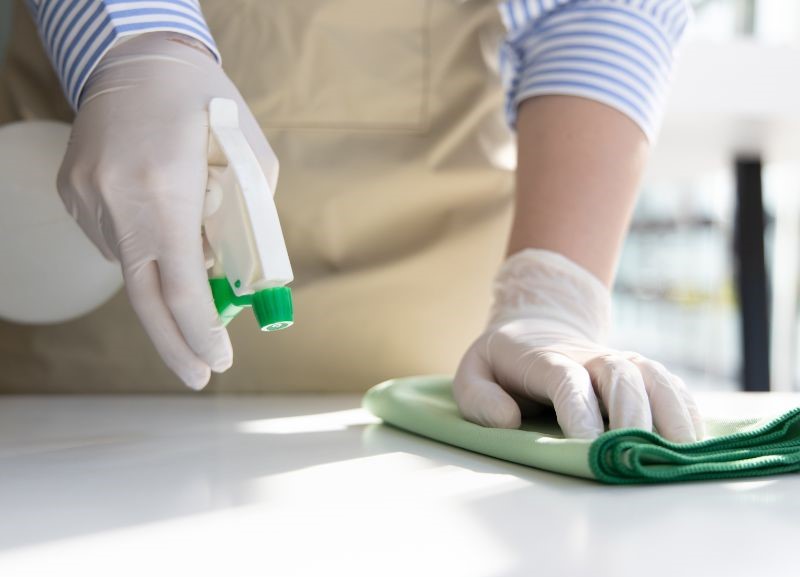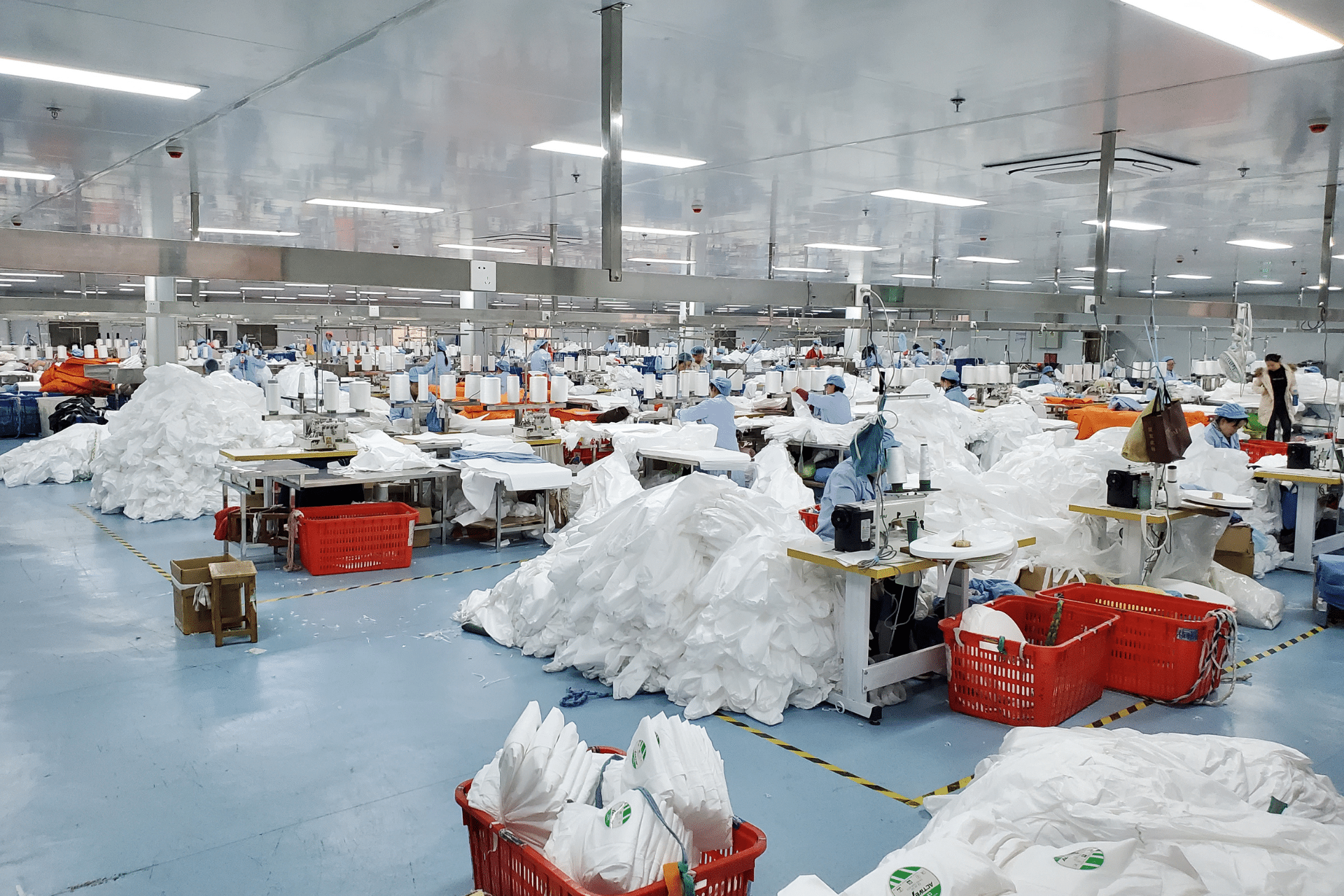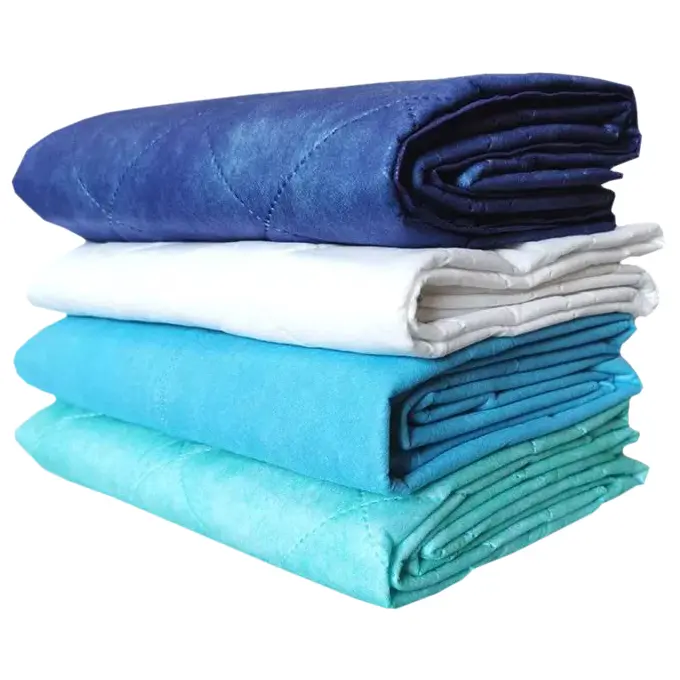Welcome to the intricate world of disposable gloves, where versatility meets necessity across a multitude of industries. From the bustling kitchens of the food industry to the sterile halls of hospitals, disposable gloves are a staple for safety and hygiene. The range of materials used in these gloves is vast, with each type offering unique benefits and suitability for different tasks. This article dives deep into the materials that make up disposable gloves, exploring their advantages, limitations, and industry applications.
Latex Gloves: The Traditional Choice
Benefits
Latex gloves have long been the standard in many industries due to their high level of flexibility, comfort, and tactile sensitivity. These gloves mold perfectly to the hand, offering a snug fit and unmatched dexterity, making them ideal for tasks requiring precision. They are also highly durable, resisting tears and punctures effectively.
Limitations and Allergic Reactions
Despite their benefits, latex gloves have their drawbacks. The most significant is the risk of allergic reactions, which can range from mild skin irritation to severe allergic responses. This concern has led some industries to shift to alternative materials. Additionally, while latex is biodegradable, the decomposition process is slow, posing environmental concerns.
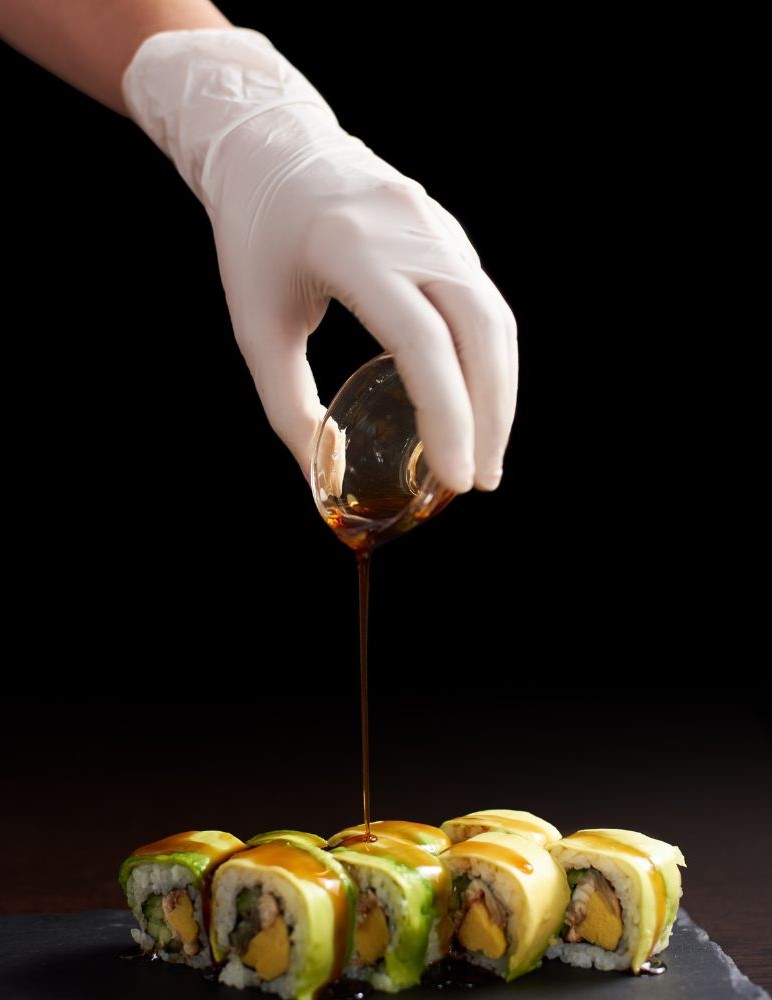
Nitrile Gloves: The Durable Alternative
Superior Protection
Nitrile gloves have emerged as a popular latex alternative, especially known for their superior chemical resistance. These gloves are made from a synthetic rubber that offers excellent protection against a wide range of chemicals, oils, and acids, making them ideal for use in laboratories, automotive work, and cleaning tasks.
Versatility Across Industries
The strength and durability of nitrile gloves make them suitable for both medical and industrial applications. They are puncture-resistant, ensuring safety in handling sharp objects and tools. Their hypoallergenic nature makes them a safe choice for individuals allergic to latex.

Vinyl Gloves: An Affordable Solution
Cost-Effectiveness
Vinyl gloves stand out for their cost-effectiveness, making them a popular choice for low-risk and high-volume use, such as in food service and janitorial tasks. These gloves are less expensive to produce compared to latex and nitrile, offering a budget-friendly option for industries that require large quantities of gloves.
Common Uses and Limitations
While vinyl gloves are less durable and offer lower protection against chemicals and punctures than latex or nitrile gloves, their adequacy for basic protection makes them suitable for non-hazardous tasks. They are best used in situations where glove changes are frequent.

Polyethylene Gloves: For Light-Duty Tasks
Characteristics
Polyethylene gloves are the lightweight champions in the disposable glove lineup. These gloves are often thin and less form-fitting, designed for short-term use in low-risk environments. Their loose design allows for quick changes, making them convenient for tasks requiring frequent glove changes.
Ideal Environments for Use
These gloves are commonly used in food preparation, particularly in tasks like sandwich making or salad tossing where dexterity is less critical. They are also an economical choice for light cleaning tasks and other short-duration activities.
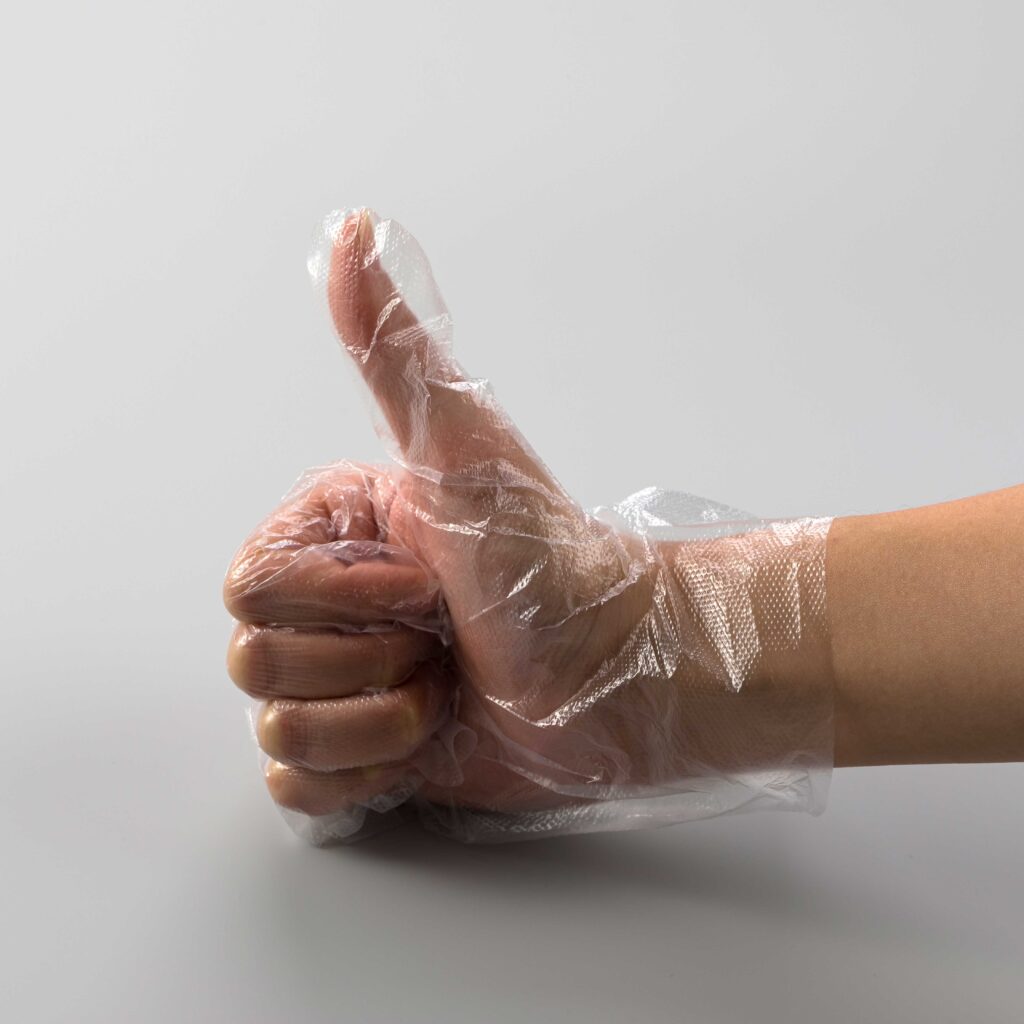
Neoprene Gloves: Chemical Resistance
Unique Features
Neoprene gloves, made from synthetic rubber, offer exceptional chemical resistance, surpassing even nitrile in some aspects. They are highly durable, maintaining flexibility and comfort at various temperatures. These gloves are also resistant to degradation from sun, ozone, and weather, enhancing their longevity.
Industrial Applications
Due to their robust chemical resistance, neoprene gloves are widely used in industries involving frequent handling of hazardous chemicals, such as chemical manufacturing, petrochemical industries, and laboratory work. They provide excellent protection in environments where exposure to acids, alcohols, and other corrosives is common.

Specialized Material Gloves: Meeting Specific Needs
High-Risk Environments
In high-risk environments, such as those dealing with infectious diseases or toxic substances, specialized glove materials are essential. These gloves are designed with specific properties tailored to protect against particular hazards. For instance, gloves used in biohazardous environments might be thicker and more resistant to permeation by pathogens or harmful chemicals.
Innovative Materials
The glove industry continually innovates, developing new materials that offer enhanced protection, comfort, and functionality. Recent developments include gloves with antimicrobial properties, gloves that change color upon exposure to certain chemicals, and gloves designed for extreme temperature environments.
Factors to Consider When Selecting Glove Materials
Allergy Considerations
When selecting gloves, it’s crucial to consider potential allergies. While latex gloves are common, their potential to cause allergic reactions has led many industries to prefer nitrile or vinyl gloves. It’s important to understand the needs and sensitivities of glove users.
Durability and Flexibility
The nature of the task at hand also dictates glove choice. For tasks requiring high dexterity, flexible materials like latex are preferred. However, for handling sharp objects or hazardous materials, a more durable material like nitrile is advisable.
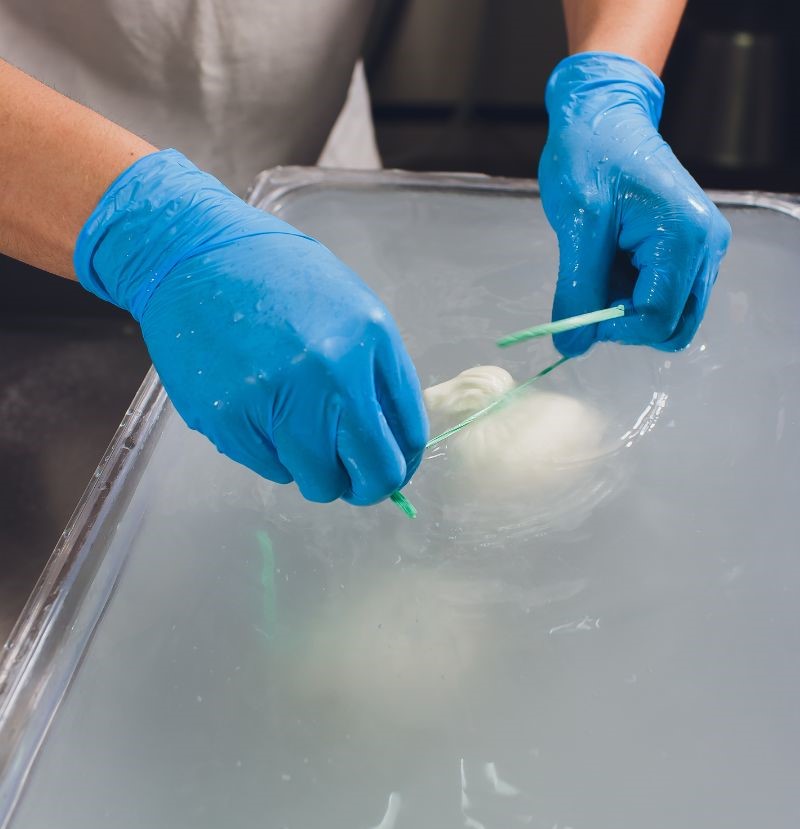
Environmental Impact of Disposable Gloves
Sustainability Concerns
The environmental impact of disposable gloves, particularly regarding waste and pollution, has become a growing concern. Traditional glove materials can take decades to decompose, contributing to landfill waste.
Biodegradable Options
To combat this, manufacturers are developing biodegradable gloves. These gloves are made from materials that break down more quickly in landfills, reducing their environmental footprint. While still in the early stages of development, these options represent a significant step towards sustainability in the industry.
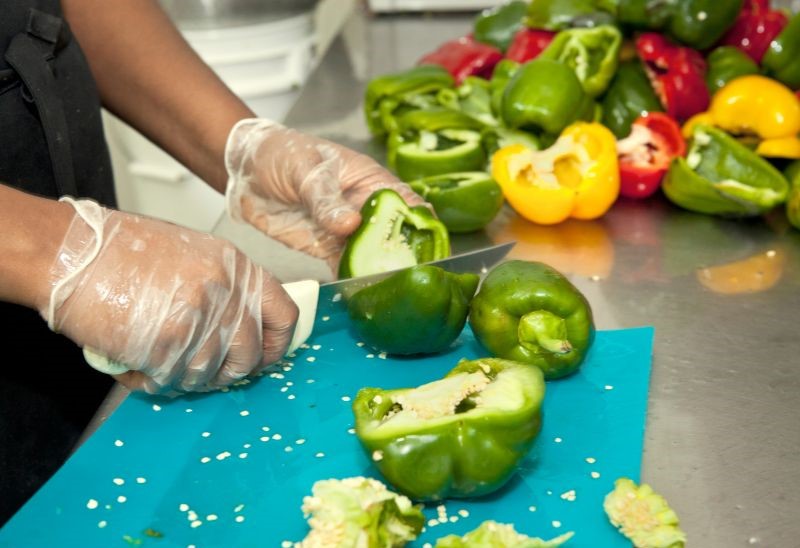
The Future of Disposable Gloves
Emerging Materials
The future of disposable gloves looks promising with the advent of new materials offering better protection, comfort, and environmental friendliness. Research and development are focused on creating gloves that meet the evolving demands of various industries while addressing environmental concerns.
Technological Advancements
Innovations in technology are also influencing glove design. We are seeing the development of gloves with integrated smart technologies, such as sensors that can detect breaches in glove integrity or exposure to hazardous materials. These advancements are set to revolutionize safety standards in industries where glove use is critical.
Conclusion
In summary, disposable gloves are an essential component in maintaining safety and hygiene across various industries. From the traditional latex to innovative biodegradable materials, the evolution of glove materials reflects the industry’s response to changing needs and environmental considerations. As we look forward, continued innovation and technological advancements promise to enhance the efficacy and sustainability of disposable gloves, making them indispensable tools in our quest for safety and hygiene.
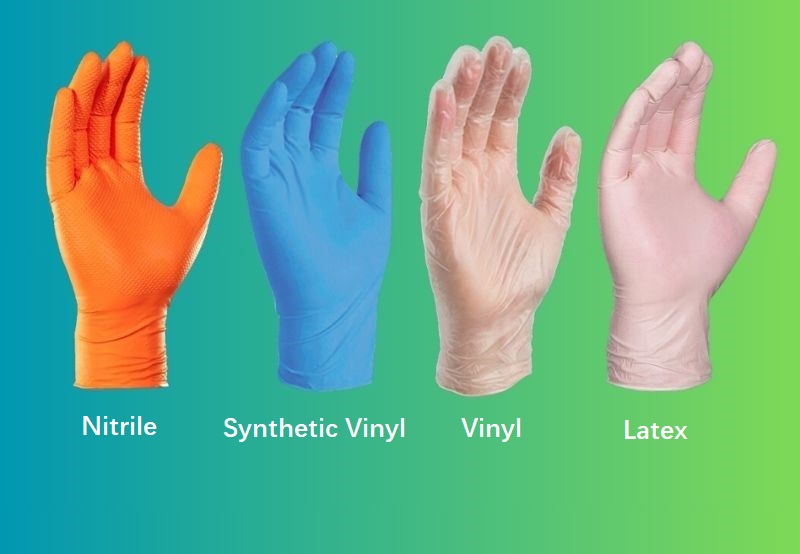
FAQs:
- Why are nitrile gloves becoming increasingly popular in various industries? Nitrile gloves are favored for their superior chemical resistance, durability, and hypoallergenic properties, making them suitable for a wide range of applications, from medical to industrial use.
- Can disposable gloves be environmentally friendly? Yes, the development of biodegradable disposable gloves is a step towards environmental sustainability, offering a more eco-friendly option compared to traditional materials.
- What are the primary considerations when choosing disposable gloves for a specific task? Key considerations include the nature of the task (e.g., chemical exposure, need for precision), potential allergy concerns, and the required durability and flexibility of the gloves.
- How are technological advancements shaping the future of disposable gloves? Technological advancements, such as smart sensors in gloves, are enhancing safety features by providing real-time information about glove integrity and exposure to hazardous substances.
- What is the significance of specialized gloves in high-risk environments? Specialized gloves are designed to meet specific safety requirements in high-risk environments, offering enhanced protection against particular hazards, such as infectious diseases or toxic chemicals.

